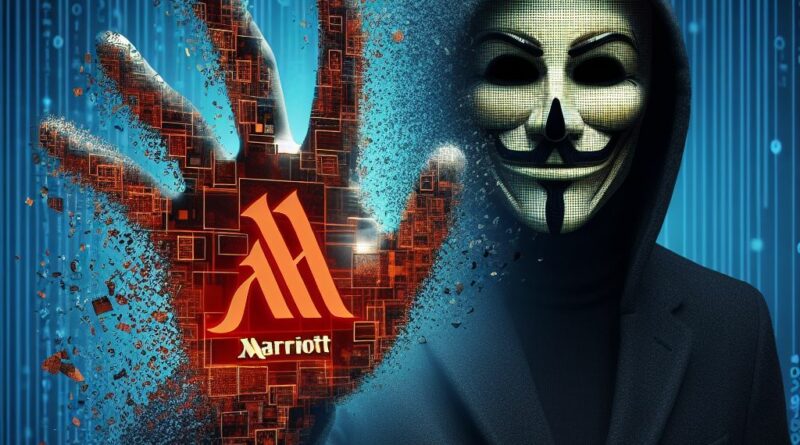The cybersecurity industry is just absolute chaos, and rightly so. This is the industry charged with plugging dikes during the Class-5 hurricane that the internet seems to be today. Nowhere is that chaos more evident than at RSAC just from a marketing perspective. Everyone has “ground-breaking”, “industry-leading”, and “first ever” product offerings and this year was no different. But if you can look past the Macho-man impersonations, Formula One cars, and the mesmerizing miasma of the website and show floor, you can see an order forming in the chaos. Change is coming.
Back to step one
RSA CEO Rohit Ghai, said we have missed a step in AI development. “We’ve seen it first as a co-pilot alongside of a human pilot and then see it taking over flying the plane.” He said the first step is making it an advanced cockpit making it easier for less trained and experienced people to do the work. He pointed out that cybersecurity is an industry with negative employment making it difficult to find experienced technicians to do the work.
Last year, any discussion of ethical development was met with confused stares. This year, the need for ethical AI development is taken seriously but few can see a profit in it. Cybersecurity VC Rob Ackerman (DataTribe) and Carmen Marsh, CEO of the United Cybersecurity Alliance, were open to suggestions,
“From the perspective of (companies like OpenAI), I understand the reasons to go as fast as they can to develop a true artificial intelligence, the question is, who are the people in the room guiding the process?” said Ackerman. “Once you get a diverse set of advisors working on the problem, then you do the best you can to create something ethical. But right now, we aren’t even doing the best we can.”
Read more...










